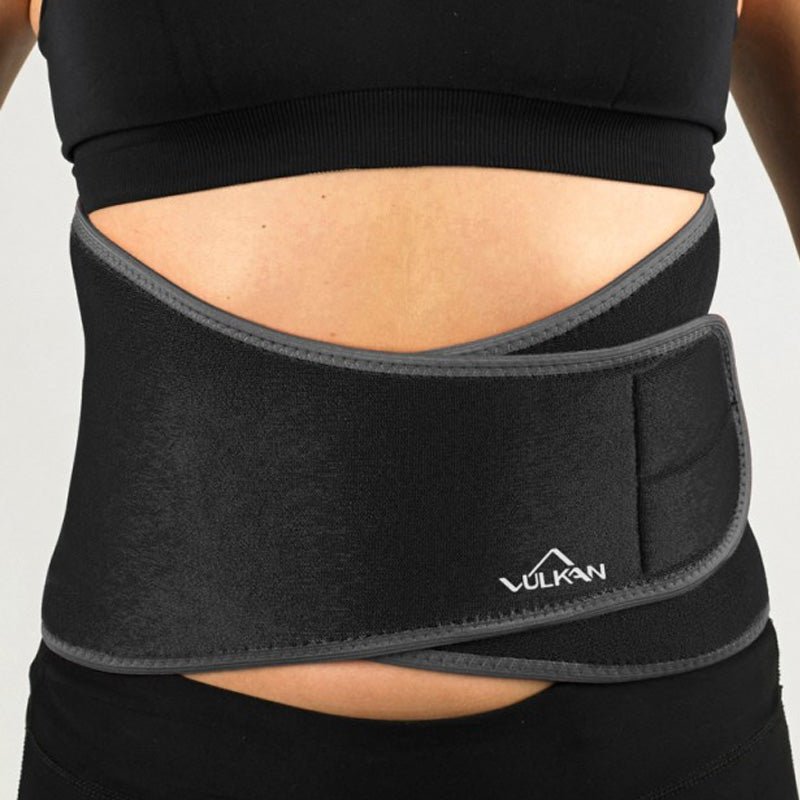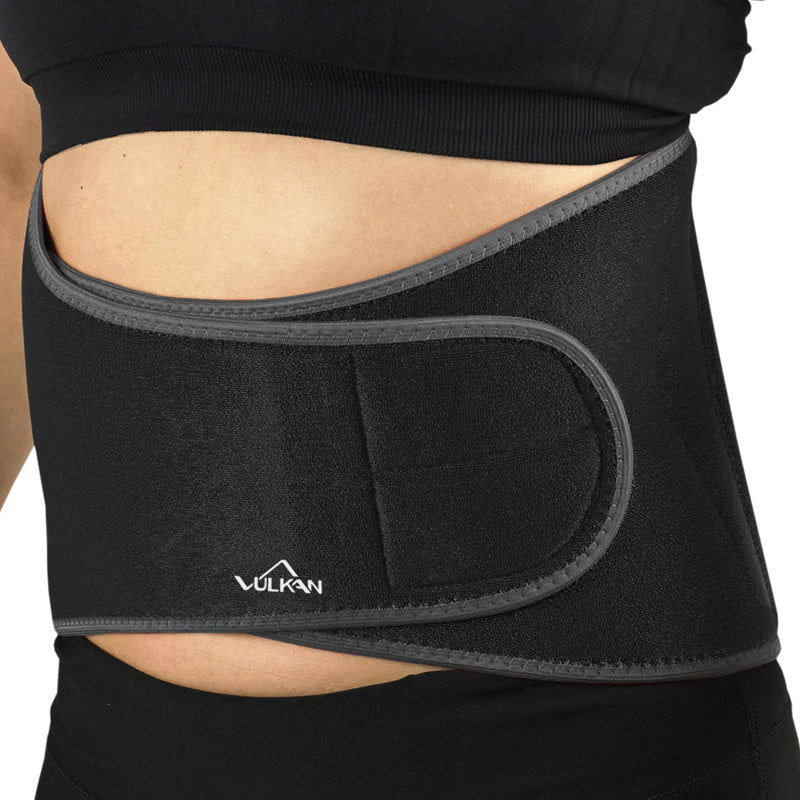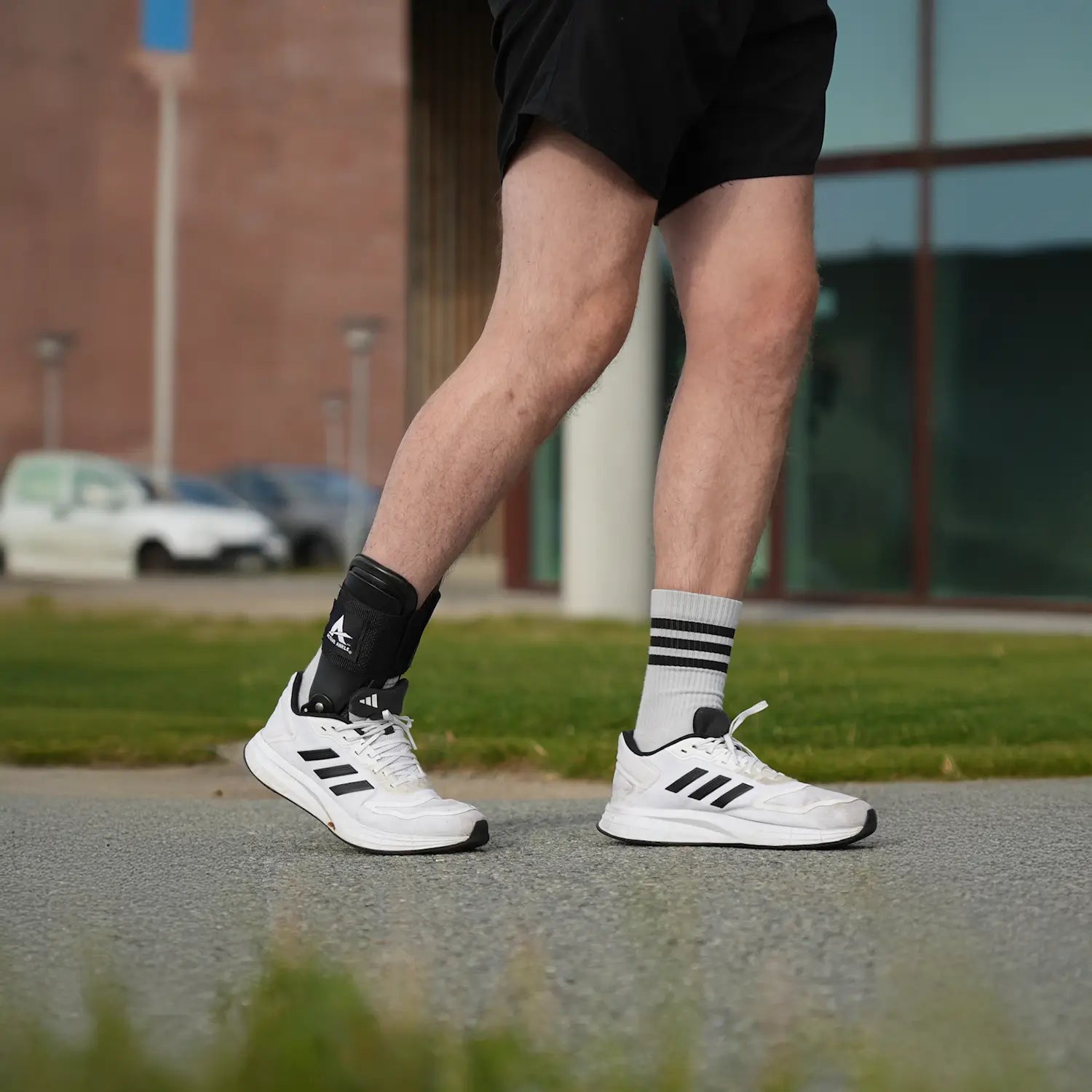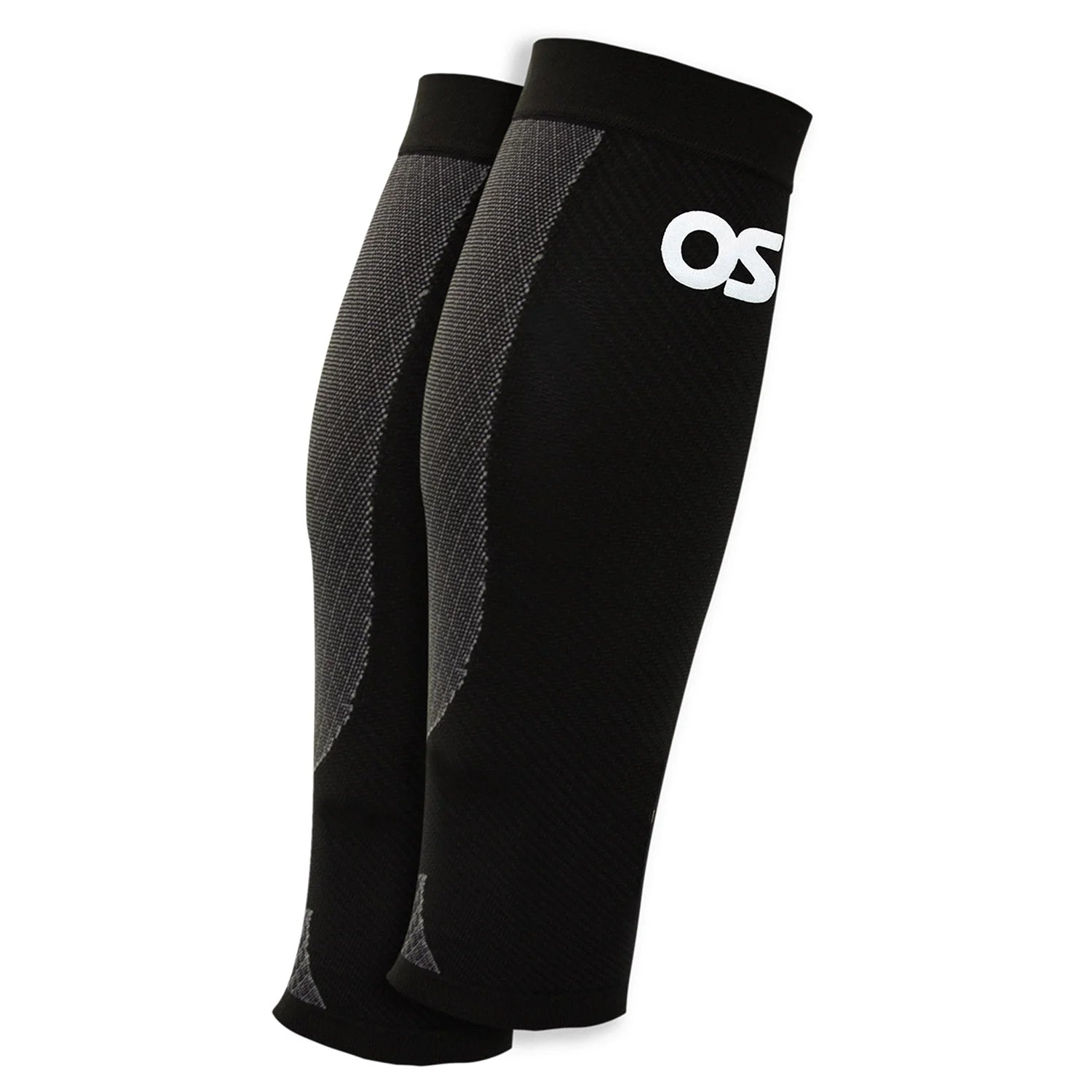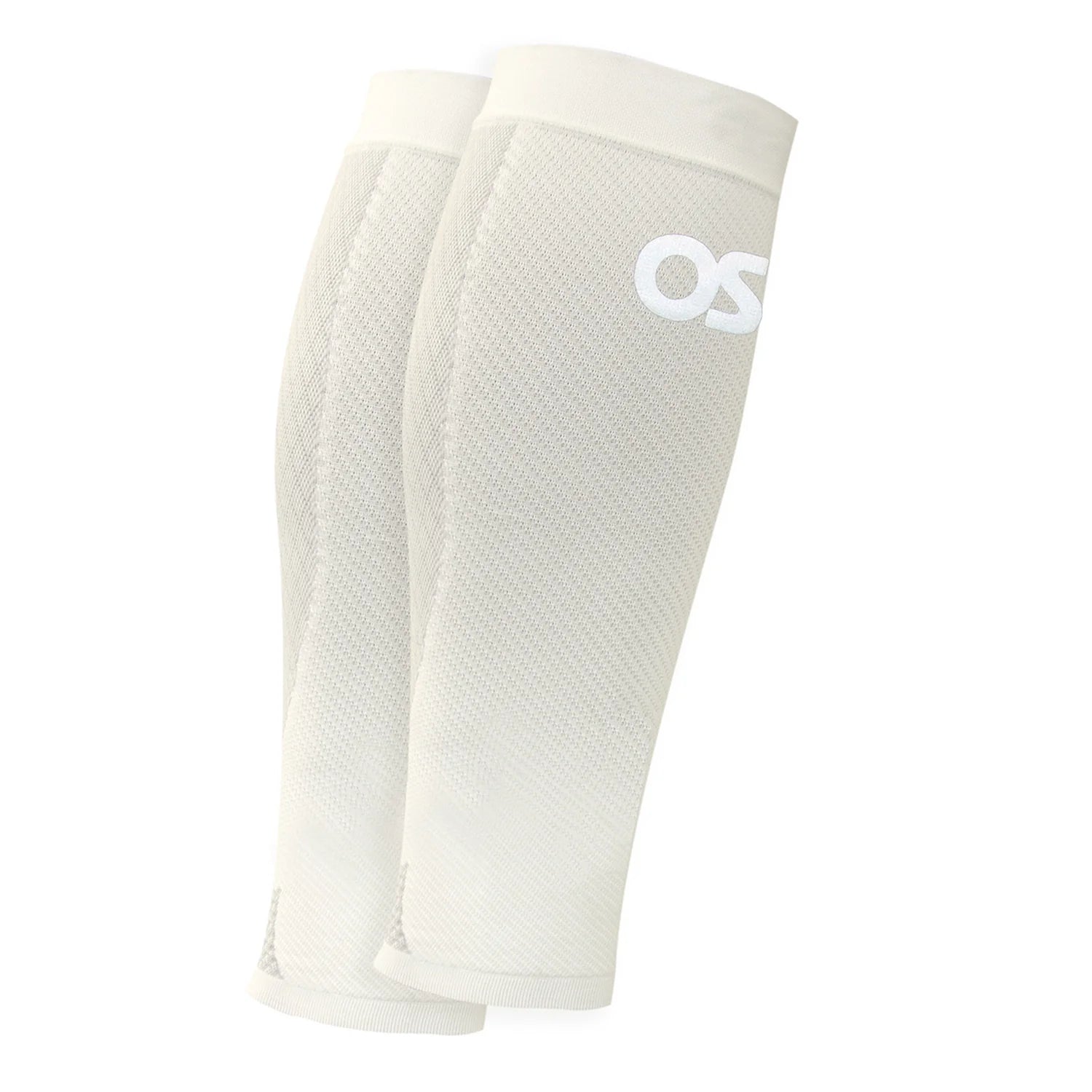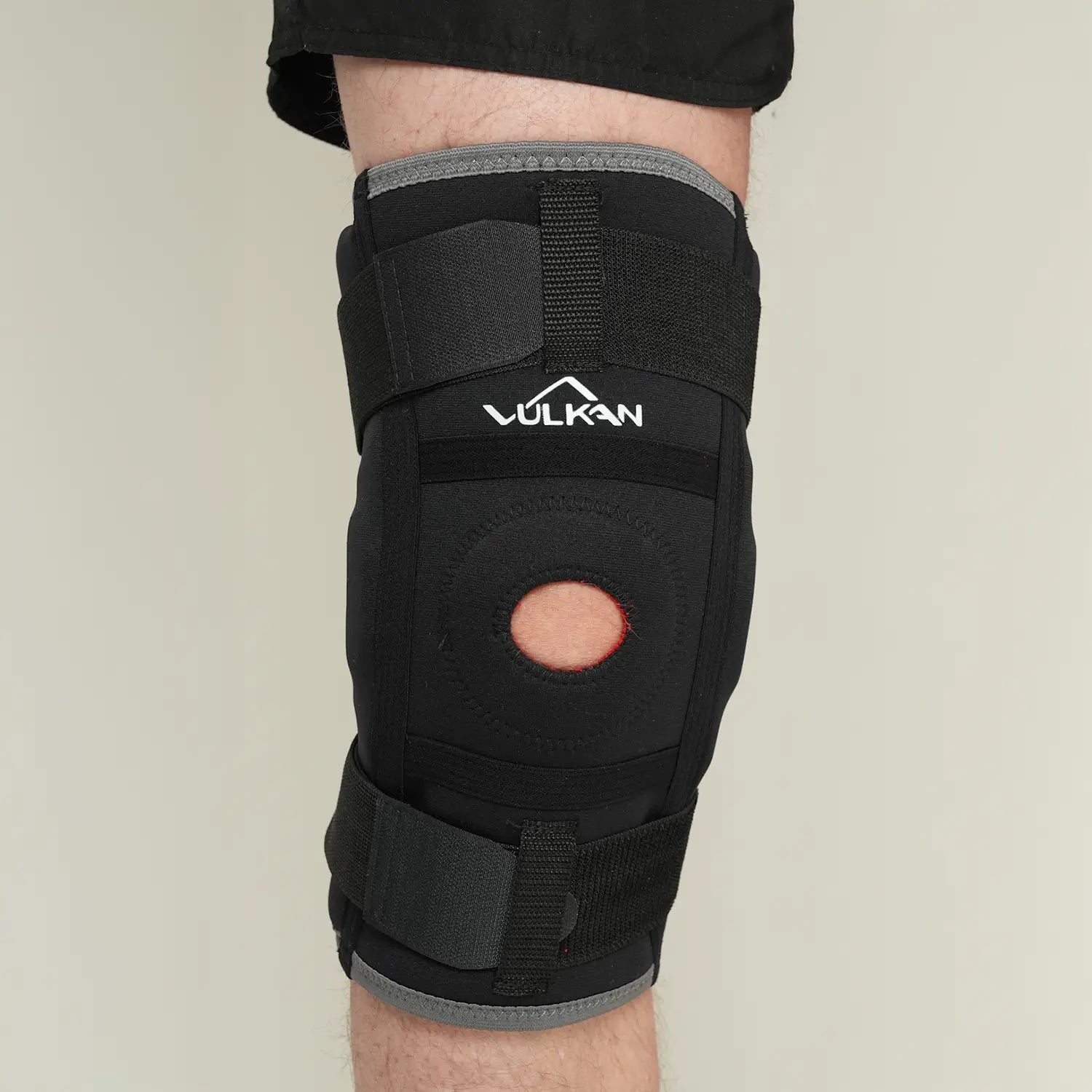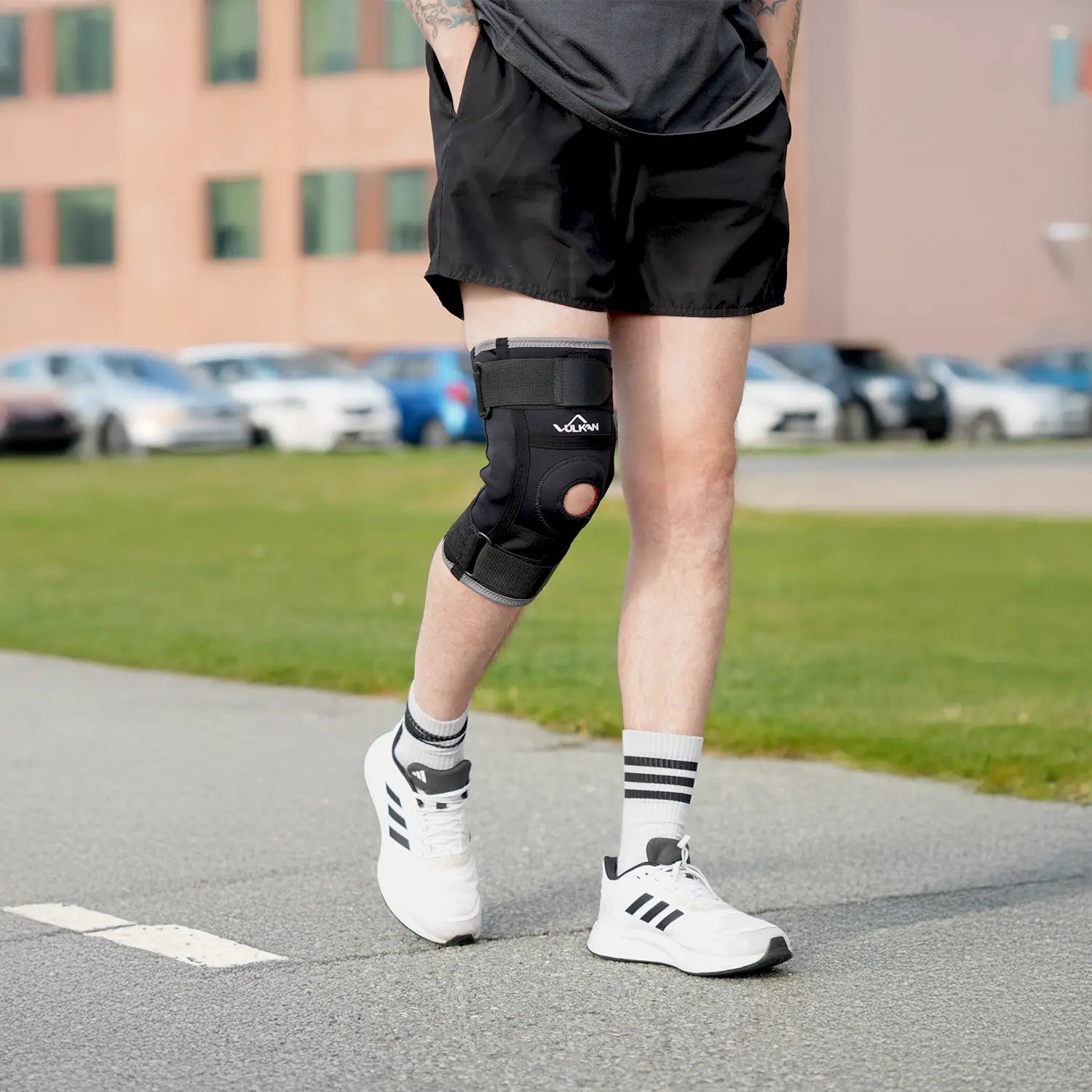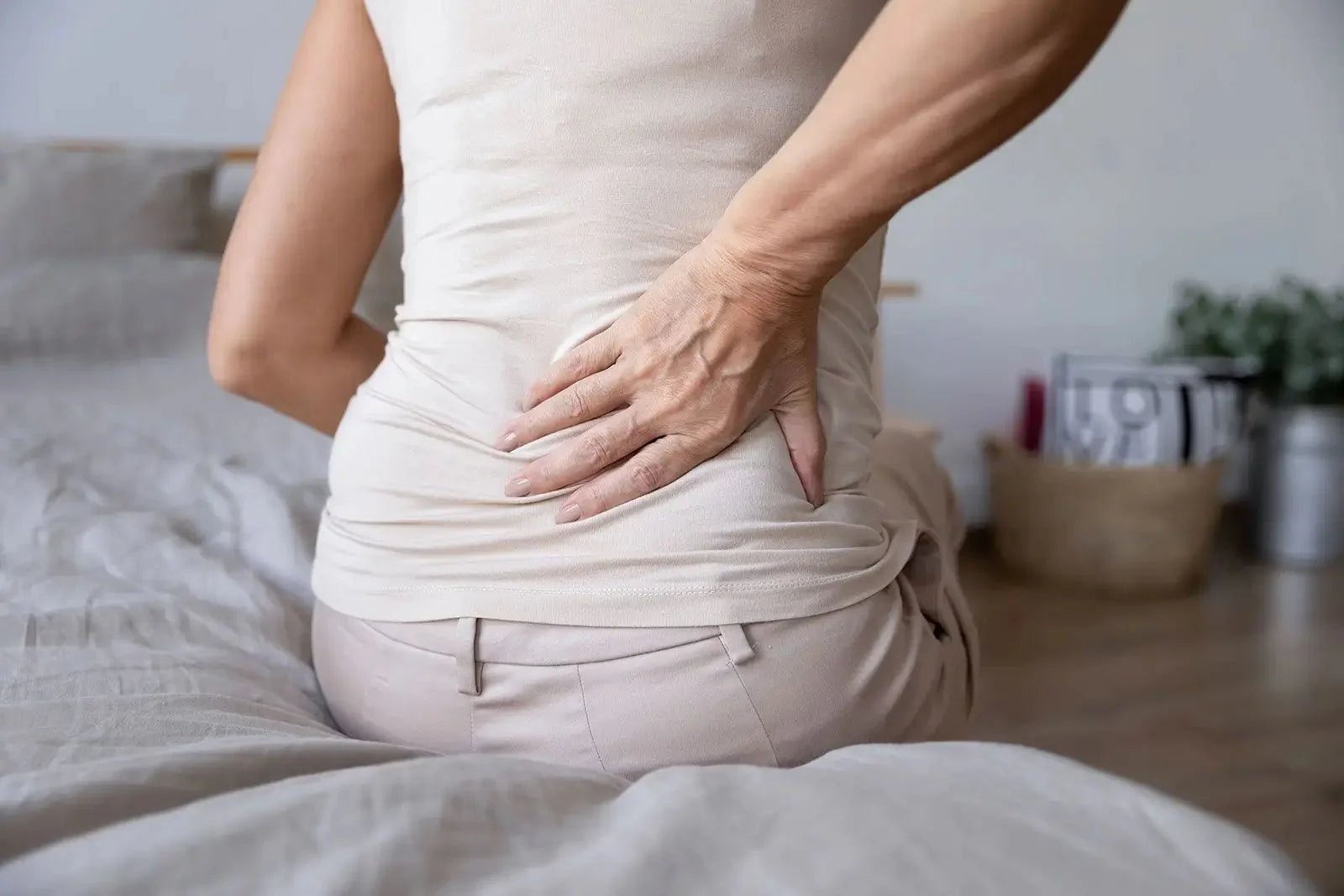
Sciatica
- 1. How to recognize sciatica and what you can do
- 2. Common causes of sciatica
- 3. Symptoms of sciatica
- 4. When it is important to seek care
- 5. What you can do yourself
- 6. Exercises that can relieve sciatica at home
- 7. The difference between true and false sciatica
- 8. Prevention advice
- 9. Our products that can help you
How to recognize sciatica and what you can do
Sciatica is a pain that often starts in the lower back and continues through the buttock down the leg and sometimes all the way into the foot. The pain can be felt in different ways, from stabbing and tingling to numbness and a dull ache. The cause is that the body's longest nerve, the sciatic nerve, has become irritated or pinched.
The discomfort can greatly affect everyday life and make it difficult to sit, stand, walk or sleep. For many, it goes away within a few weeks, especially if you move around and avoid resting too much. But for some, the problems can be long-term and then both self-care and aids may be needed to relieve the pain, such as back supports that relieve pressure in the case of sciatica .
Common causes of sciatica
A common cause is a herniated disc in the lower back. This is when a disc presses against a nerve root, causing the pain. Other causes can be narrowing of the spinal canal or worn joints in the back. Sometimes the problem is due to tight muscles in the buttock area, which is usually called false sciatica.
Symptoms of sciatica
Sciatica often causes a radiating pain that runs from the back down the leg. Some people also experience numbness, tingling or muscle weakness. Sometimes it can be difficult to sit for long periods of time or to find a comfortable sleeping position. The amount of pain and how far down the leg the pain is felt can vary depending on how the nerve is affected.
- Pain radiating from the lower back down the leg
- Numbness or tingling in the leg or foot
- Weakness in the leg or foot
- Difficulty controlling movements or reflexes in the leg
- Pain that worsens when coughing, sneezing, or sitting for long periods of time
When it is important to seek care
Most people with sciatica get better on their own, but there are times when you should get help right away. This applies if the pain suddenly becomes very severe or if you lose feeling or strength in your leg. Problems with controlling urine or stool should also always be assessed urgently as they may be signs of a more serious condition. You can contact 1177 to consult about your symptoms and proceed with an examination.
What you can do yourself
Regular exercise is often better than rest. Walking, swimming, and simple mobility exercises can reduce pain and help healing. Many people find that heat, such as from a heating pad or a warm bath, provides relief. If necessary, over-the-counter painkillers can be used for a short period of time.
For some, relief supports such as back belts or seat cushions are a great help, especially when you need to sit or stand for longer periods of time.
Exercises that can relieve sciatica at home
There are several simple exercises you can try at home to reduce pain and stiffness. Start gently and gradually increase as you feel better.
A good start is to lie on your back with your knees bent and slowly pull one knee towards your chest, hold for 20 seconds and switch legs. You can also try sitting on a chair and slowly lean forward until you feel a stretch in your lower back and buttocks.
Another exercise is to lie on your stomach and gently push your upper body up using your arms, without lifting your hips off the floor. This can reduce pressure on the nerve and increase mobility in your back.
For those who want to work on strength, a simple bridge exercise can be effective. Lie on your back with your feet on the floor and lift your hips up until your body forms a straight line from your knees to your shoulders. Hold for a few seconds and slowly lower back down.
Doing these exercises a few times a day can provide gradual relief while preventing the problems from returning.
The difference between true and false sciatica
In true sciatica, the nerve itself is irritated or pinched, often by a herniated disc or a narrowing in the back. This causes clear radiating pain that can go all the way down to the foot. In false sciatica, the pain comes from the muscles in the buttock area and usually does not radiate as far.
Prevention advice
Building strength in your stomach and back reduces the risk of new problems. It's also a good idea to think about how you lift and carry, and to vary your working positions during the day. If you have a sedentary job, a good chair and a height-adjustable desk can make a big difference.
Our products that can help you
We offer aids that are selected to reduce pain and make everyday life easier for sciatica. Back supports that provide relief, heat wraps that soften muscles, and seat cushions that reduce pressure on the nerve are some of the options you can choose from.
Many of our customers tell us that the right support makes a big difference after just one use. Take a look at our recommended products and find the one that suits your needs.
How do I know it's sciatica and not regular back pain?
Sciatica pain often radiates down the leg and follows the path of the nerve, while common back pain often remains localized in the lumbar spine.
Can sciatica go away on its own?
Yes, many people become symptom-free in a few weeks with proper self-care, but sometimes medical treatment is required.
What exercises are best for sciatica?
It depends on the cause, but stretching the buttocks and back and strengthening core exercises are often helpful.
When should I seek emergency help?
If you experience numbness in your lower abdomen or lose control of your urine/bladder or bowel movements, you should seek emergency care.






